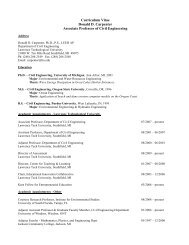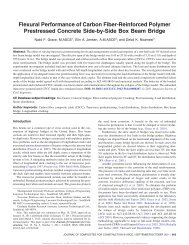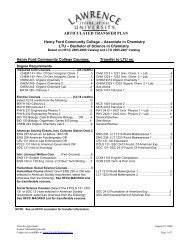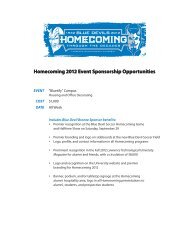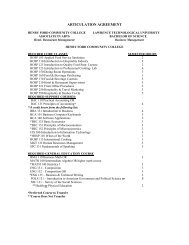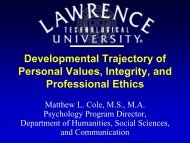Exhibition Catalog - Lawrence Technological University
Exhibition Catalog - Lawrence Technological University
Exhibition Catalog - Lawrence Technological University
You also want an ePaper? Increase the reach of your titles
YUMPU automatically turns print PDFs into web optimized ePapers that Google loves.
Gregor, who once described himself as a “total survival<br />
of the Protestant work ethic,” became a successful<br />
chemical engineer.5 He obtained a number<br />
of patents, including one in Canada for a process<br />
for cleaning paint spray booths and another in the<br />
United States for a method for recovering residual<br />
coating materials from the walls and air of spray<br />
chambers. He would later establish and operate<br />
the Colloidal Paint Products Company in Detroit, a<br />
chemical business for auto products and cosmetics.<br />
These endeavors earned Gregor a healthy income;<br />
as he later admitted, he had “discovered how to<br />
make money.” 6 In his spare time he pursued an interest<br />
in photography. Elizabeth enjoyed gardening<br />
and sewing and stayed at home to raise their son,<br />
Gregor Peter Affleck, born in 1925. By the late thirties<br />
the couple had purchased a Colonial Revival-styled<br />
home in Pleasant Ridge in the Detroit suburbs.<br />
2<br />
Photograph by Anon.<br />
Frank Lloyd Wright in 1940<br />
When the Afflecks first contacted Frank Lloyd Wright<br />
about designing a house in 1939, the architect was<br />
enjoying a professional renaissance at the ripe age<br />
of seventy-two. After extremely rough years in the<br />
late twenties and early thirties, things had begun<br />
to change for Wright in 1932. The Depression and<br />
changing tastes in architecture had hit him hard. In<br />
the previous six years he had been able to construct<br />
only seven projects, and two of those were for himself<br />
and one for a cousin. An important architectural<br />
exhibition at the Museum of Modern Art in New York,<br />
which gave birth to the phrase “International Style,”<br />
depicted Wright as a “half-modern” architect and<br />
an “individualist” whose inventive period had long<br />
passed. He had taken to writing and lecturing to support<br />
himself, while many believed him to have retired<br />
– or worse. “I have been reading my obituaries to a<br />
considerable extent over the past year or two, and<br />
think, with Mark Twain, the reports of my death greatly<br />
exaggerated,” Wright once wrote. 7<br />
But in 1932 a series of events occurred which would<br />
stimulate Wright’s architectural renewal. First, Wright<br />
founded the Taliesin Fellowship at Spring Green, Wisconsin,<br />
to train young architects in his philosophy of<br />
organic architecture and to provide a steady means<br />
of income through tuition payments. Despite the<br />
hard times Wright retained a certain amount of respect<br />
in the architectural world and had no trouble<br />
attracting students. The Taliesin Fellowship proved to<br />
be a key factor in the revitalization of Wright’s career<br />
by providing him with an inspiring atmosphere, similar<br />
to his Oak Park, Illinois, office in the early 1900s, where<br />
many of the Prairie School architects trained.<br />
Drawing by Taliesin, Photographs by Anon.<br />
Wright further established himself in the public eye with<br />
two books in 1932. The first was An Autobiography,<br />
which has been perceptively described as “a difficult,




